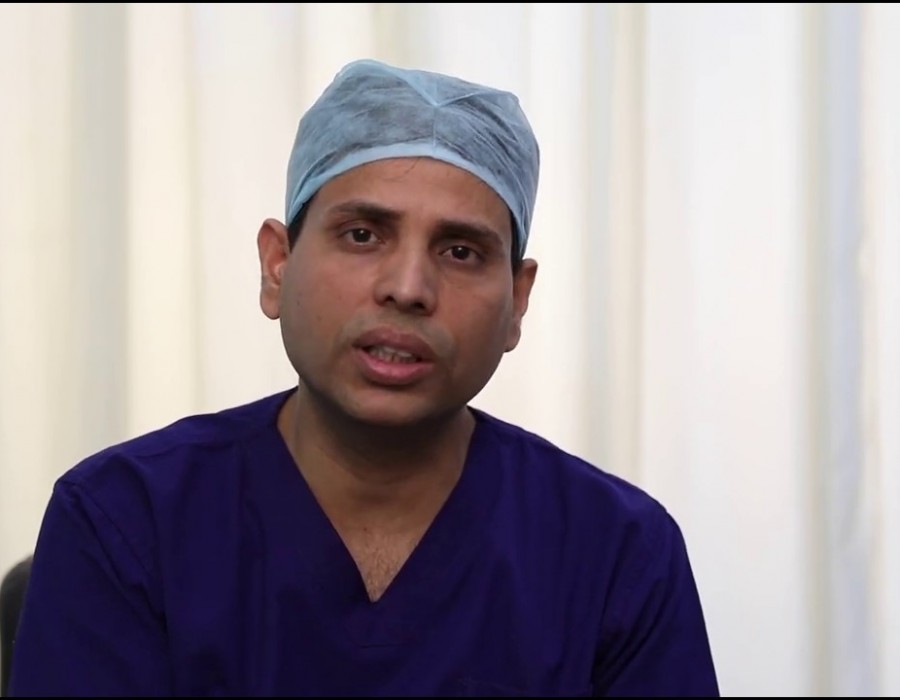According to a recent research, there is a possibility that as much as 40 per cent of the adult population suffers from certain degree of fatty liver disease, a disorder that used to occur almost exclusively in people who drink excessively. However, the causes for this are a considerable amount of speculation.
Fatty liver was commonly associated with people who consumed high amounts of alcohol, but today, this disease is commonly observed even in people who never drink. It is also a concern that if fatty liver is not addressed on time it may progress to more severe liver disease resulting in liver failure. These days, the symptoms of fatty liver disease are also indicated in individuals who are not overweight.
Fatty liver disease
Fatty liver disease occurs when too much fat is stored in the cells of the liver. Although it is natural to have a small amount of fat in these cells, but accumulation of increasing amount of fat in the liver cells and in between the cells can cause severe inflammation and also damage the liver. Alcohol consumption may be the cause for this disease, but a number of fatty liver disorders fall under the umbrella of non-alcoholic fatty liver disease (NAFLD), which is becoming a common liver disease in all age groups, but particularly in people with obesity and diabetes. Best Gastroenterologist In Jaipur
The initial, reversible stage of liver disease is non-alcoholic fatty liver. Unfortunately, it often goes undiagnosed and can lead to a more severe liver condition known as non-alcoholic steatohepatitis or NASH and ultimately lead to cirrhosis of the liver. Liver cirrhosis is an inevitable stage of damage to the liver and also increases the risk of liver cancer.
Causes of fatty liver disease
The primary factors that can cause for this disease to develop or lead to it:
Large quantity consumption of refined carbohydrates: Regular intake of refined carbs promotes the storage of fat in the liver, particularly when huge quantities are consumed by individuals who are insulin resistance or over-weight.
Surplus belly fat: Individual with accumulation of fat around the waist or visceral fat can also lead to the disease.
Excessive weight or Obesity: Obesity implicates low-grade inflammation, which can promote accumulation of liver fat. It is estimated that 30-90% of obese adults and childhood obesity causes it to increase.
Insulin resistance: Individual with type 2 diabetes and metabolic syndrome have high insulin levels and increased resistance to insulin which in turn can result in accumulation of fat in the liver.
Reversing fatty liver disease
A number of health issues may result from fatty liver. Luckily, if tackled early, it can be reversed. There are several things you can do to get rid of it, but weight management and particularly the reduction of abdominal fat can make a lot of loss of liver fat.
Eating right: Choose a healthy plant-based diet rich in fruits, vegetables, proteins and reduce carbs and fats intake.
Maintaining a healthy weight: Reduce the number of calories you eat every day if you are obese or overweight and get more exercise. If you have healthy body weight, use a healthy diet and exercise to sustain it. Gastroenterologist In Jaipur
Physical activity: Exercise or any form of physical activity can be an impactful means of reducing liver fat. Even moderate exercise can be effective in targeting liver fat. The weight can be regulated with appropriate exercise and a healthy diet.
For most forms of this disease, the primary treatment is weight loss with suitable changes in diet and an increase of physical activity. Weight loss seems to have a very direct effect in most cases; the liver becomes less fatty as people lose weight.





Comments